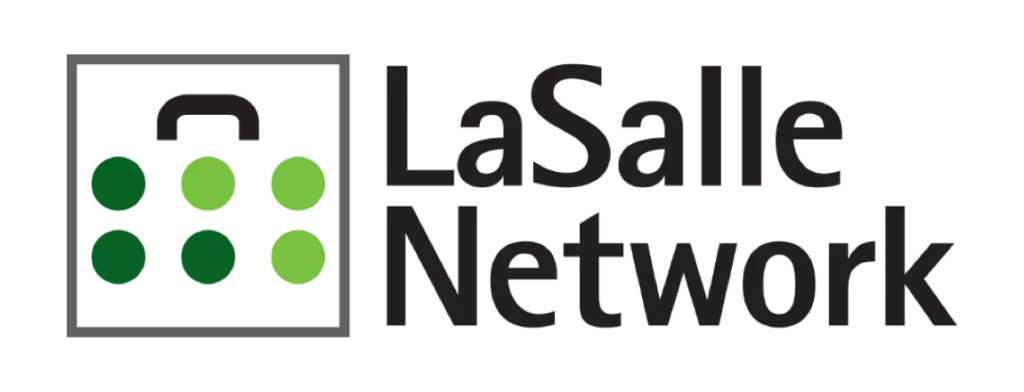Full link here: https://protect-us.mimecast.com/s/FD4mCYEZN6ULZ6vJSZlc1x?domain=google.com
- What are some strategies supervisors/managers can do to execute the most productive one-on-one meeting?
- I use a set of questions that from the book, “The Hard Thing About Hard Things” by Ben Horowitz. These are stock questions that my team will have prior to our one-on-one meeting and I use them to guide the conversation. We don’t reference these questions during every one-on-one, but quarterly.
- During the one-on-one, focus on outstandingitems from previous one-on-one meetings, and discuss any progress on recent initiatives and any challenges that are blocking them from completing a project.
- A one-on-one is also a great time for a gut check on how employees are enjoying the job and their current responsibilities.
- The more effective one-on-ones are when managers ask for what the bad news is on a project that the employee is working on. The dialogue and problem-solving that follows can be tremendous, and it’s oftentimes something the employee doesn’t willingly bring up, so managers have to ask.
- How often should one-on-ones occur, and why?
- We conduct one-on-one’s twice a month and find that to be a good cadence so that there is embedded accountability and also ensures that outstanding items don’t linger for too long without being addressed.
- What can employees do to get the most out of their one-on-ones?
- In order for employees to get the most of their one-on-one’s, employees should come prepared with what they want to discuss, be honest and not hide the bad news.




